Optimal Timing for Waterproofing Projects
Proper timing for waterproofing projects is essential to ensure effectiveness and longevity. The optimal period typically depends on weather conditions, temperature, and humidity levels. In regions like West Bend, Wisconsin, the best time for waterproofing is during the warmer, dry months when there is minimal rain and humidity, usually late spring through early fall.
Spring offers moderate temperatures and less rainfall, making it suitable for waterproofing applications before the heavy summer rains.
Summer provides warm weather and extended daylight hours, ideal for completing waterproofing projects, provided there are no extreme heat conditions.
Fall is another good time due to cooler temperatures and reduced humidity, helping materials cure properly before winter.
Winter is generally unsuitable due to freezing temperatures, snow, and increased moisture, which can hinder proper application and curing.
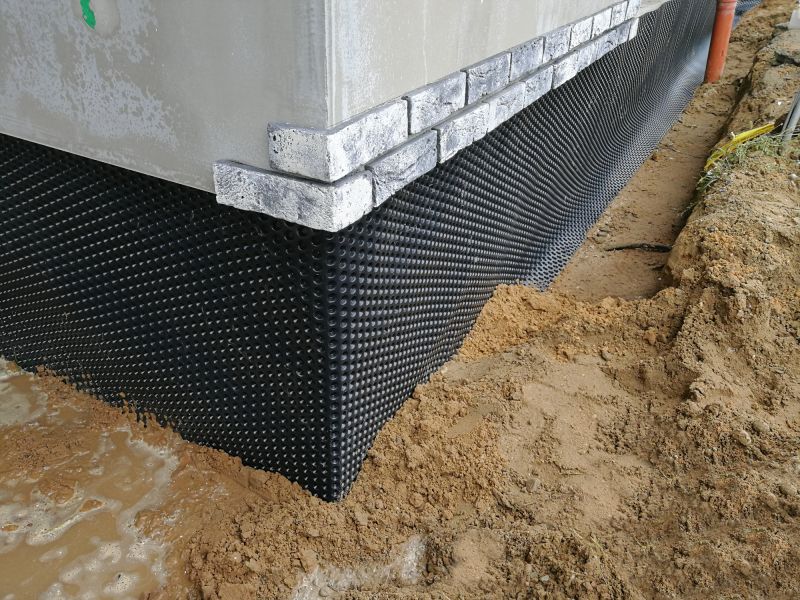
Spring's mild weather supports effective waterproofing application.
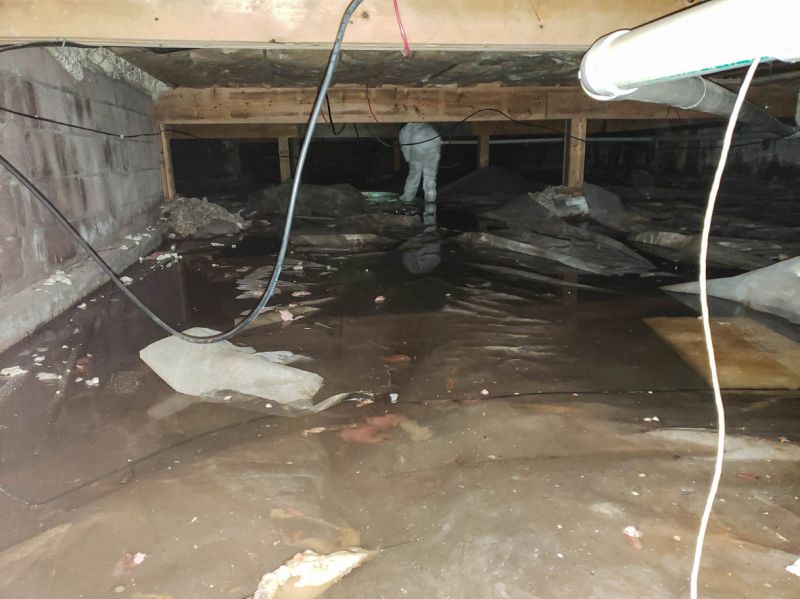
Warm summer months facilitate thorough curing of waterproofing materials.
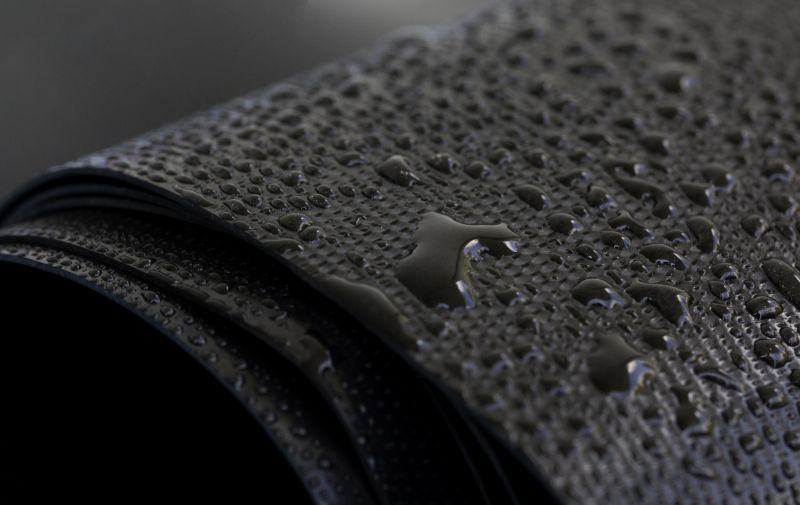
Cool fall conditions help ensure long-lasting results.
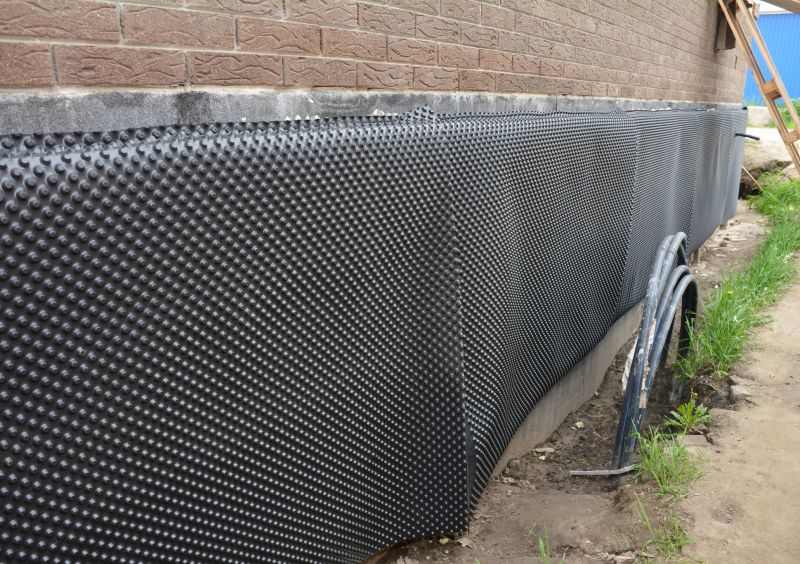
Simple add-ons that improve Waterproofings without blowing the budget.
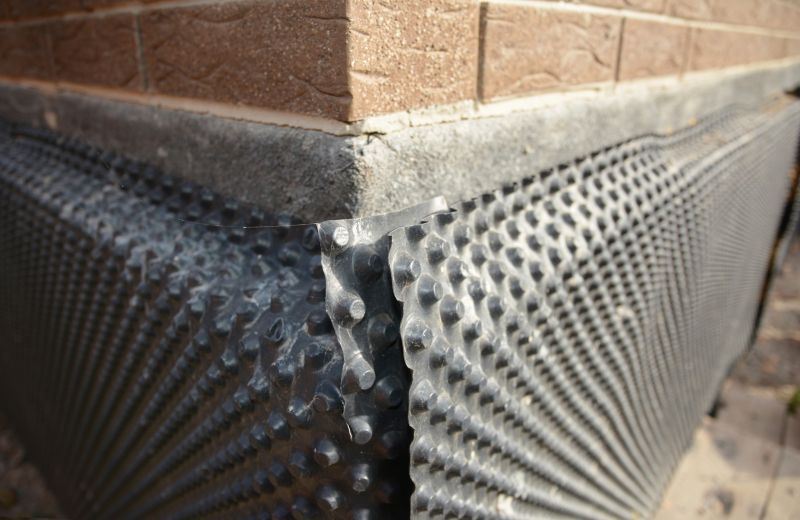
High-end options that actually feel worth it for Waterproofings.

Finishes and colors that play nicely with Waterproofings.
| Season | Ideal Conditions |
|---|---|
| Spring | Moderate temperatures, less rain, ideal for application |
| Summer | Warm weather, longer days, suitable if no extreme heat |
| Fall | Cooler temperatures, reduced humidity, good for curing |
| Winter | Freezing temperatures, snow, and moisture make it unsuitable |
Waterproofing is a critical component in protecting structures from water intrusion and damage. It involves applying materials that create a barrier against moisture penetration, which can cause structural deterioration, mold growth, and other issues. Proper waterproofing extends the lifespan of buildings and reduces long-term maintenance costs. The effectiveness of waterproofing depends heavily on correct application timing, material choice, and surface preparation.
Statistics indicate that waterproofing can significantly reduce water-related damages. For example, structures with proper waterproofing can experience up to a 30% decrease in repair costs over their lifespan. In regions with seasonal variations, timing applications during optimal weather conditions ensures the best adhesion and curing, leading to more durable results.
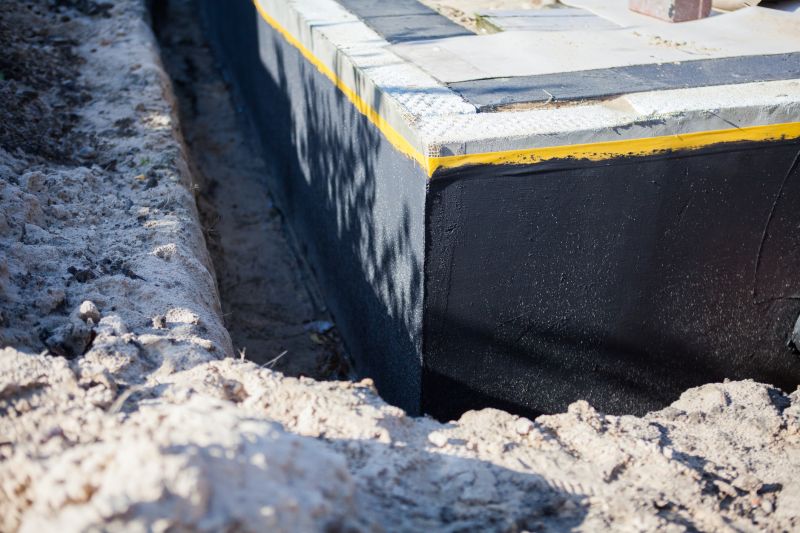
Proper timing and conditions are key to successful waterproofing.
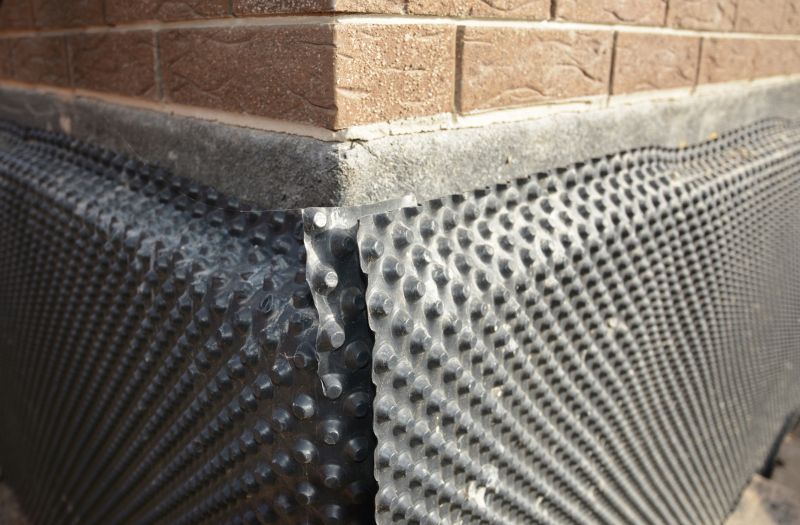
Various materials are used depending on the application and environment.
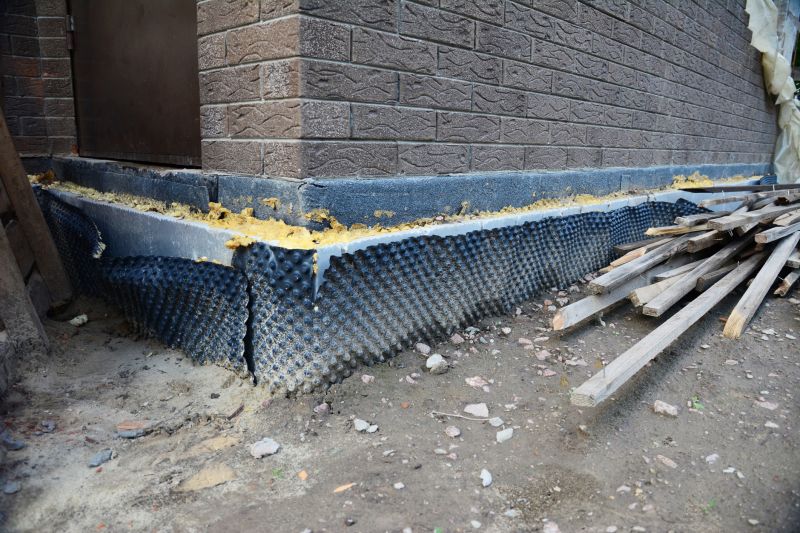
Optimal weather conditions support proper curing of waterproofing layers.

Timing and technique contribute to long-lasting protection.
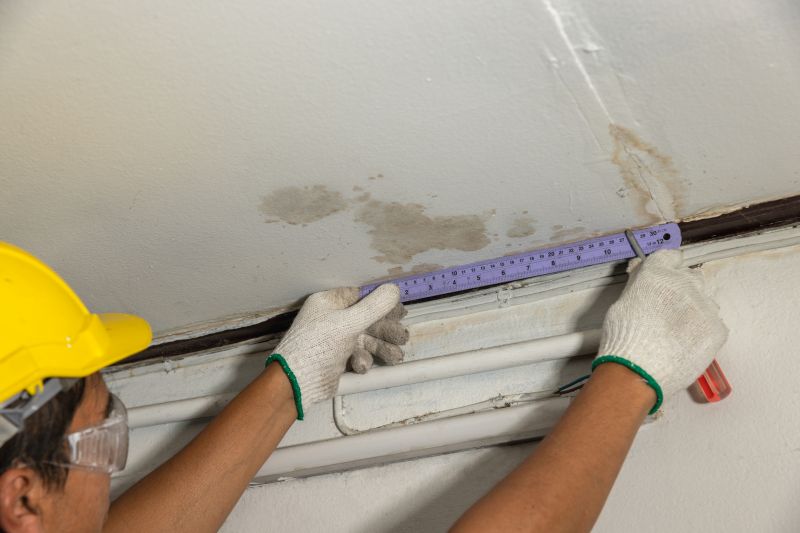
Little measurements that prevent headaches on Waterproofings day.
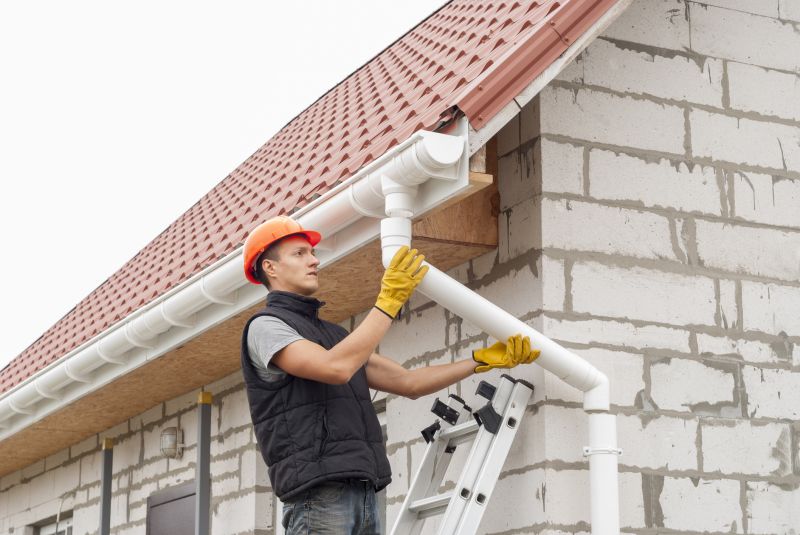
A 60-second routine that keeps Waterproofings looking new.
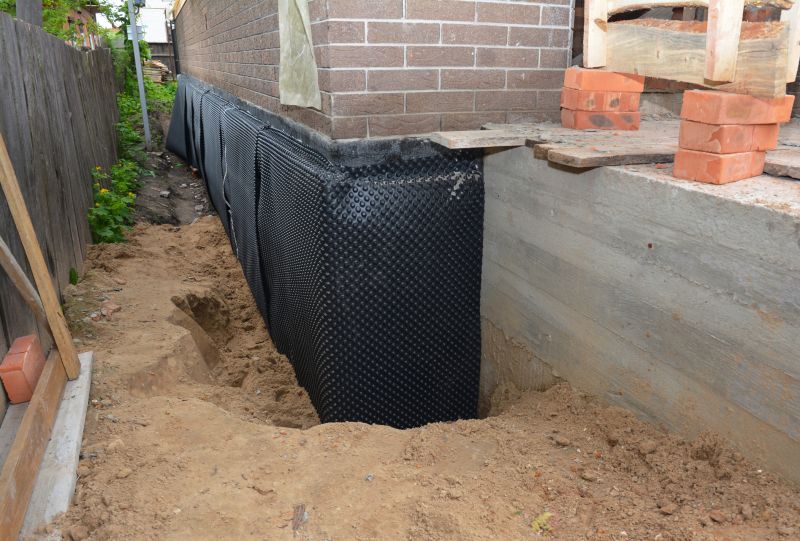
A frequent mistake in Waterproofings and how to dodge it.
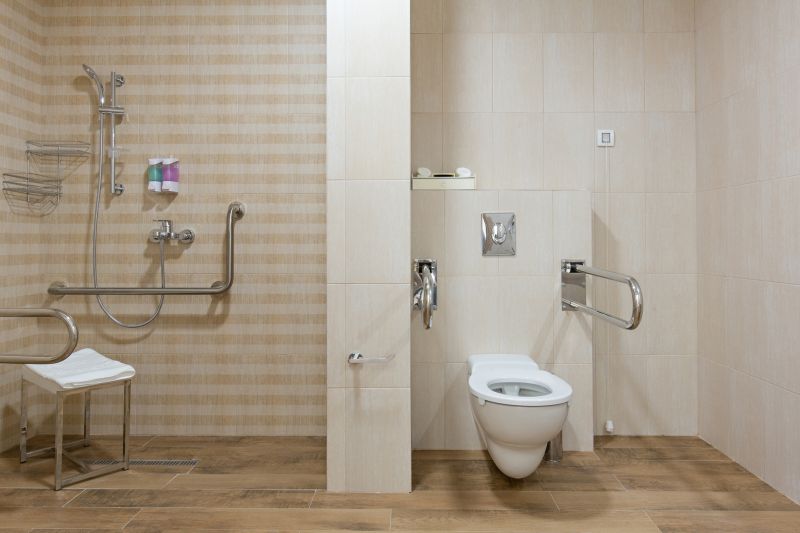
Small tweaks to make Waterproofings safer and easier to use.
Interested parties are encouraged to contact for more information about waterproofing options and scheduling. Proper timing and application techniques can enhance the durability and effectiveness of waterproofing systems, providing long-term protection for structures.

